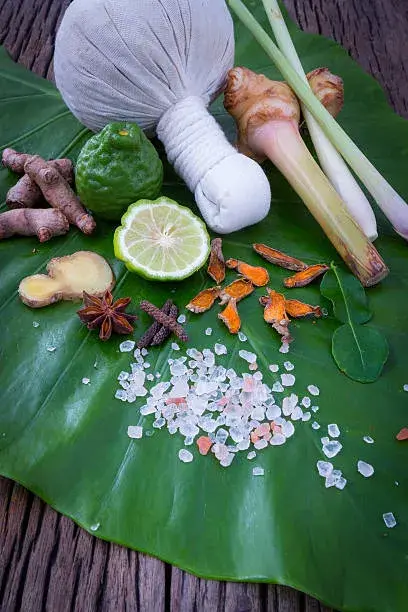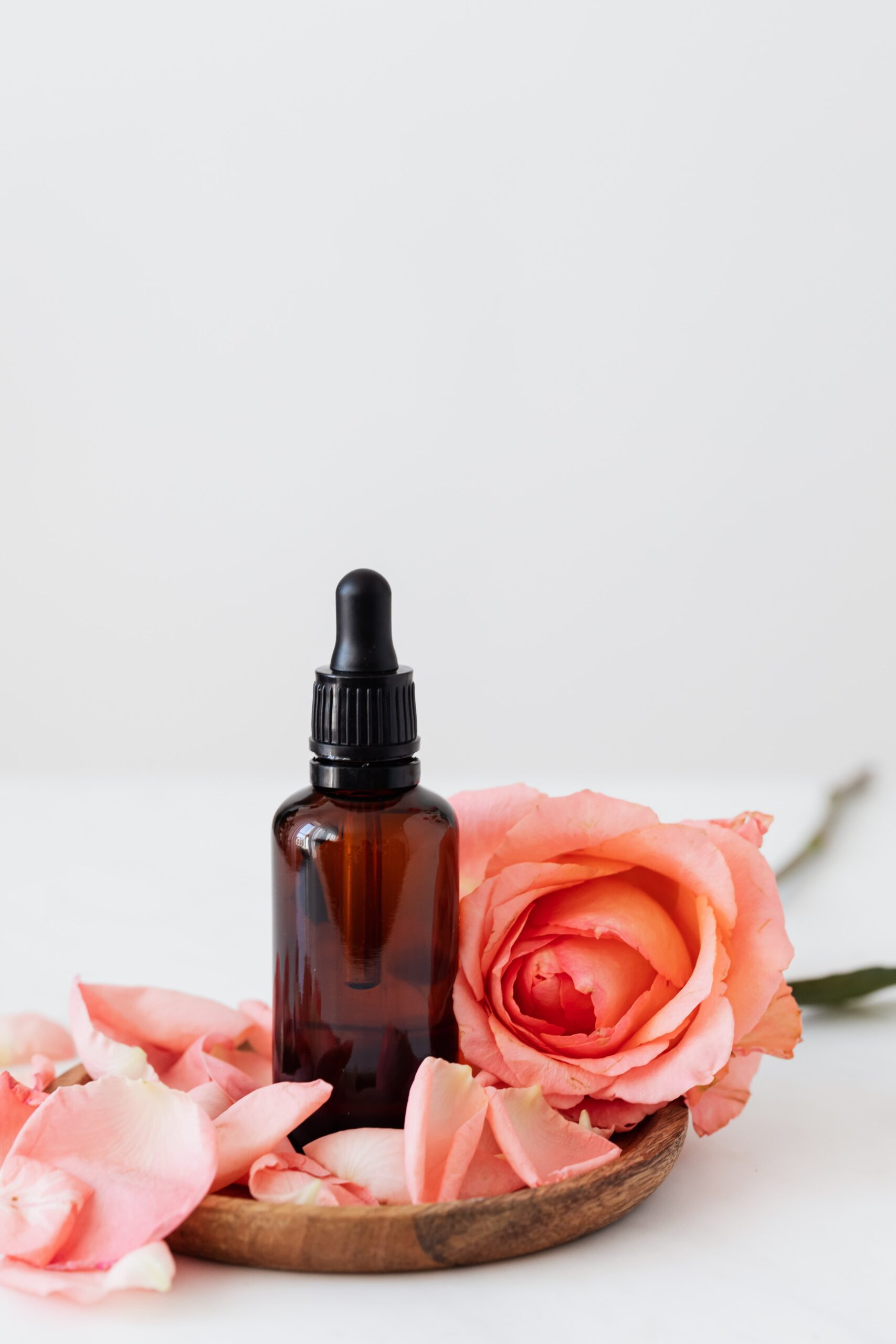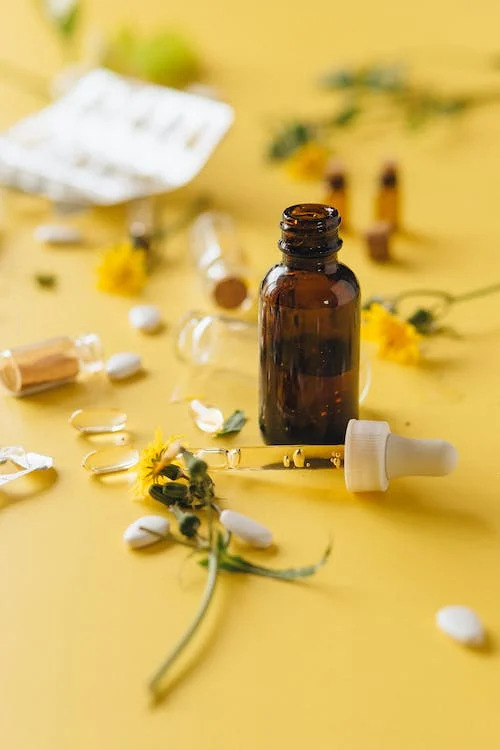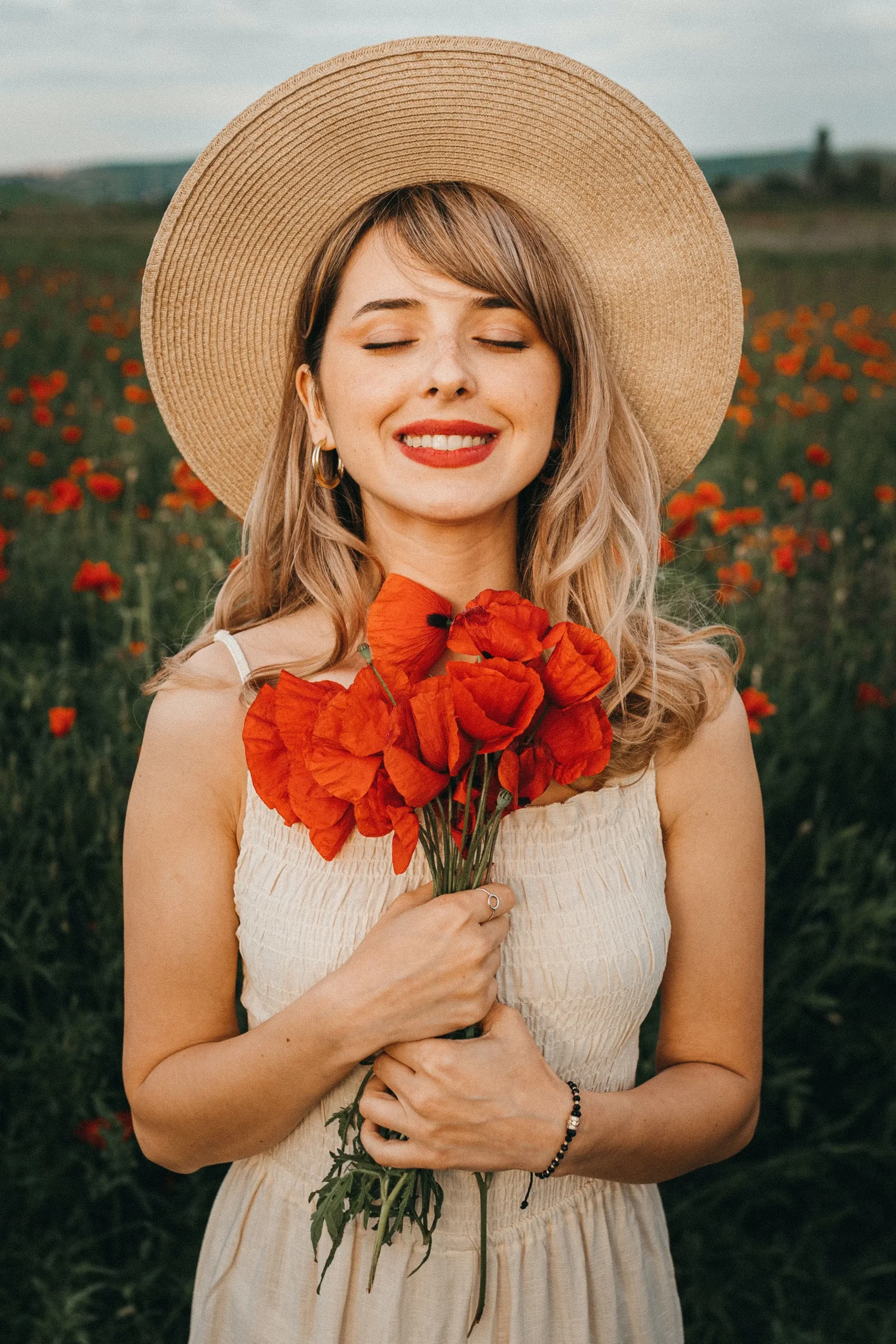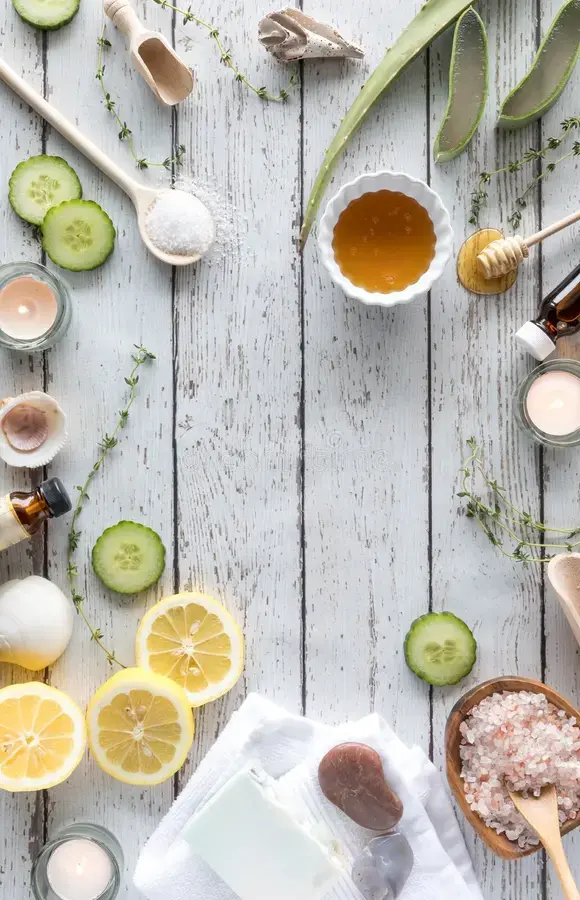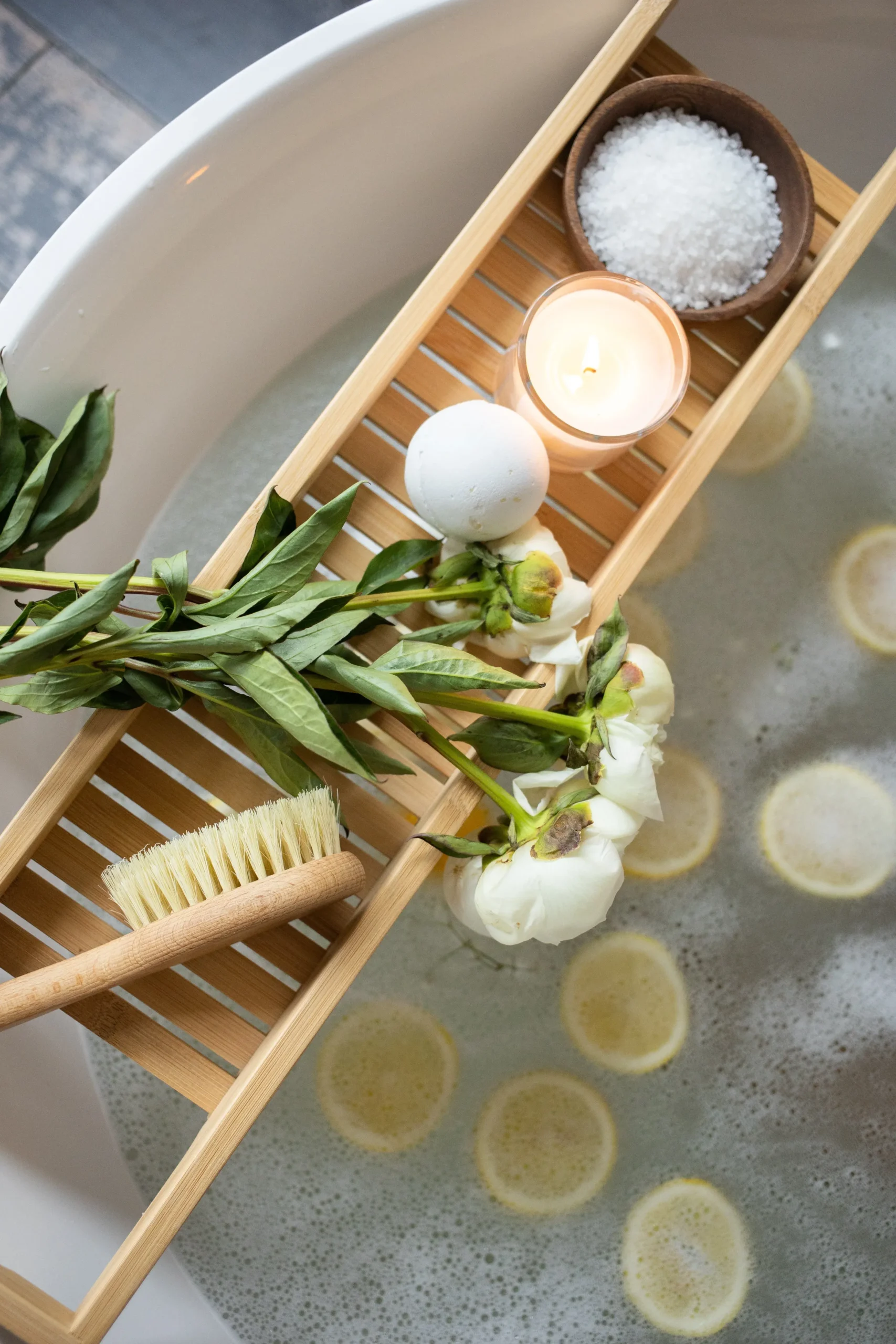lemon Balm
Melissa officinalis
This fragrant, lemon-scented herb, also known as Melissa or simply balm, is native to the Mediterranean region and the Near East. For centuries. it has been valued for its medicinal and culinary uses. In the tenth century, it was grown by European monks in monastery gardens and made into curative tonics. Today, the plant is cultivated in herb gardens throughout the world. Lemon balm is said to have a soothing effect on the entire nervous system, making it useful for treating such conditions as insomnia, nervous tension and stress- related digestive upset. The leaves and shoots of the plant, both fresh and dried, are the parts used in cures. The herb is easy to grow in garden plots, containers or window boxes.
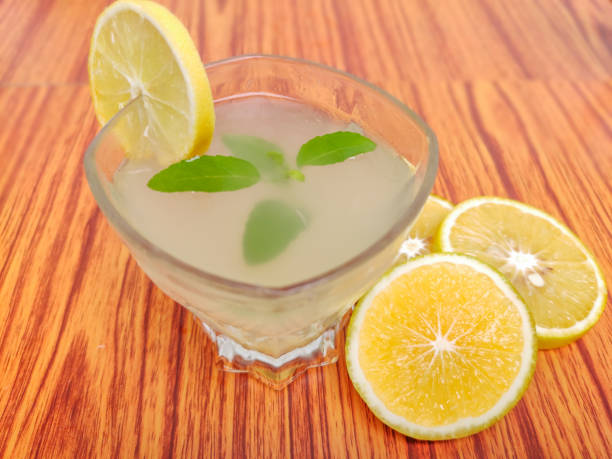
Gardening Tips

Loves bright, sunny places as well as protected hillsides.

Prefers moist soil with high humus content and good drainage.

Grows approximately 1-3 ft. high and a Spreads quickly.
The leaves are best harvested during May and June, before the plant blossoms.
American colonists brought lemon balm from Europe to plant in their new gardens. The herb is included in recipes from Colonial Williamsburg. It is also listed as an official medication in nineteenth century medical books.
LEMON BALM
Characteristics: The blossoms of this perennial are usually pale yellow, though they can vary in color from bright white to pale lilac. lts individual flowers are clustered in groups of three or five. The sawtooth-edged leaves are stightly bairy, dark green on top and light green underneath. They grow on long stalks and have oil glands on the underside.
🙤 care
Lemon balm is a robust plant, making it almost : Germination takes about 5 weeks. maintenance free. A sunny location and well- g drained soil are all that is needed for optimal growth. Cover the plant during the winter to protect it from frost and cold-weather damage.
🙤 Harvesting and processing
For medicinal purposes, harvest the leaves of h the lemon-balm plant shortly before the flowers ! open, because this is when lemon balm is at its \ richest in therapeutic essential oils. The plant protected location. If your soil is less than typically starts to flower beginning in June and For medicinal purposes, harvest the leaves of h the lemon-balm plant shortly before the flowers open, because this is when lemon balm is at its richest in therapeutic essential oils. The plant protected location. If your soil is less than typically starts to flower beginning in June and October. After it finishes blooming, cut back remaining flowers to encourage a fresh crop of leaves. Then dry the leaves carefully indoors (below) to preserve their lemony aroma.
🙤 Uses
Lemon balm has a variety of uses. In cooking, fresh leaves and shoots are a delicious addition | to desserts, salads, fish and meat dishes, sauces ! ¢ Rootstock division and marinades. The plant’s delicate aroma lends E 1. Divide the rootstocks of plants that a fresh citrus flavor to foods. Fresh lemon-balm balm, too. It is used to prepare a medicinal tea, 2. Separate the roots carefully which has long been praised for its soothing by hand. If necessary and antispasmodic qualities, as well as for its use a knife or nerve-calming ability. A lemon-balm bath will fork to provide the same benefits. The herb is also available as a tincture or juice.
Extra Tip
To dry lemon balm: Pick the leaves at midday, after any dew has evaporated. Arrange them on a screen, in a single layer, then dry them in a warm room for a week, stirring once a day.
If your skin
a bee should sting,
lemon balm
relief will bring
✽ Guide to Cultivation ✽
Starting in February, sow the seeds indoors. ‘ Do not let the temperature fall below 68°F. Germination takes about 5 weeks.
♦ Planting and Growing
- In early spring, transplant the seedlings outside, spaced about 16 in apart.
- For best results, use soil that is moist and rich in organic matter, and plant ideal, that is fine, too. Lemon balm is a hearty and even partially shaded areas.
- Water the plants regularly.
✽ Propagation ✽
Insome parts of the world, lemon balm grows in the wild and propagates naturally. Whether grown in gardens, in window boxes or in pots, it needs to be propagated by rootstock division in the spring.
♦ Rootstock division
- Divide the rootstocks of plants that are 3-4 years old. Start by loosening the soil around the roots and gently removing the lemon-balm plant.
- Separate the roots carefully by hand. If necessary, use a knife or garden fork to divide them. Each new section needs to keep a portion of both the shoots and roots. Large plants may have to be divided into several sections and replanted.
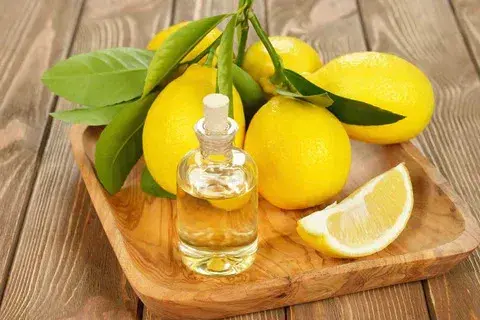
Extra Tip
To dry lemon balm: Pick the leaves at midday, after any dew has evaporated. Arrange them on a screen, in a single layer, then dry them in a warm room for a week, stirring once a day.

